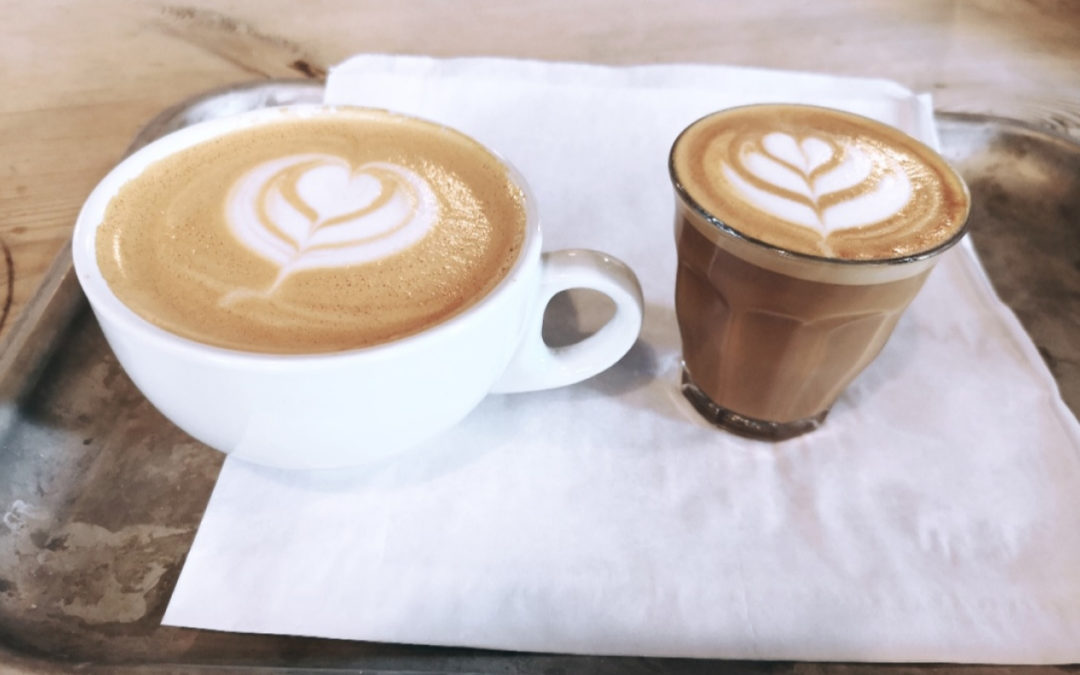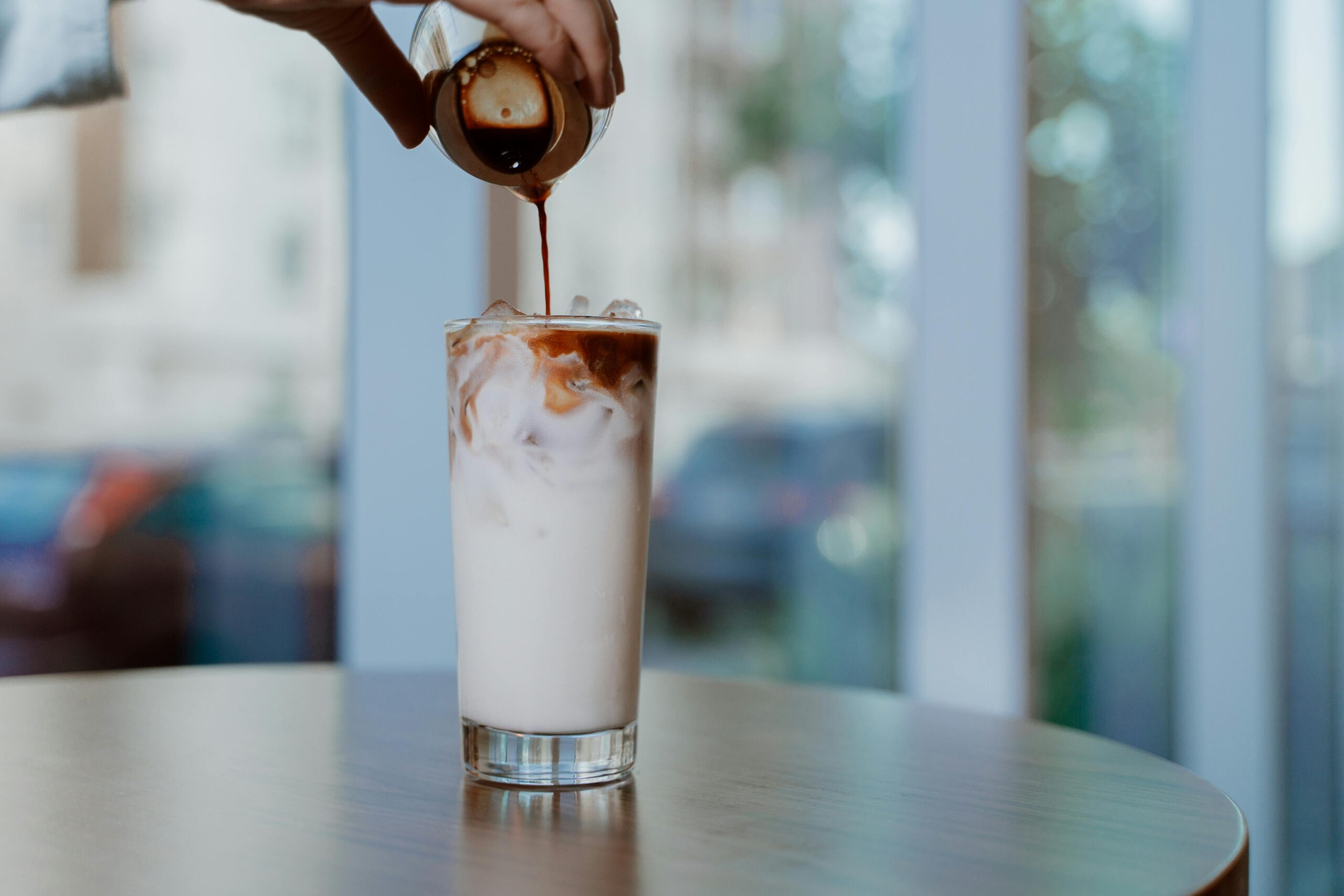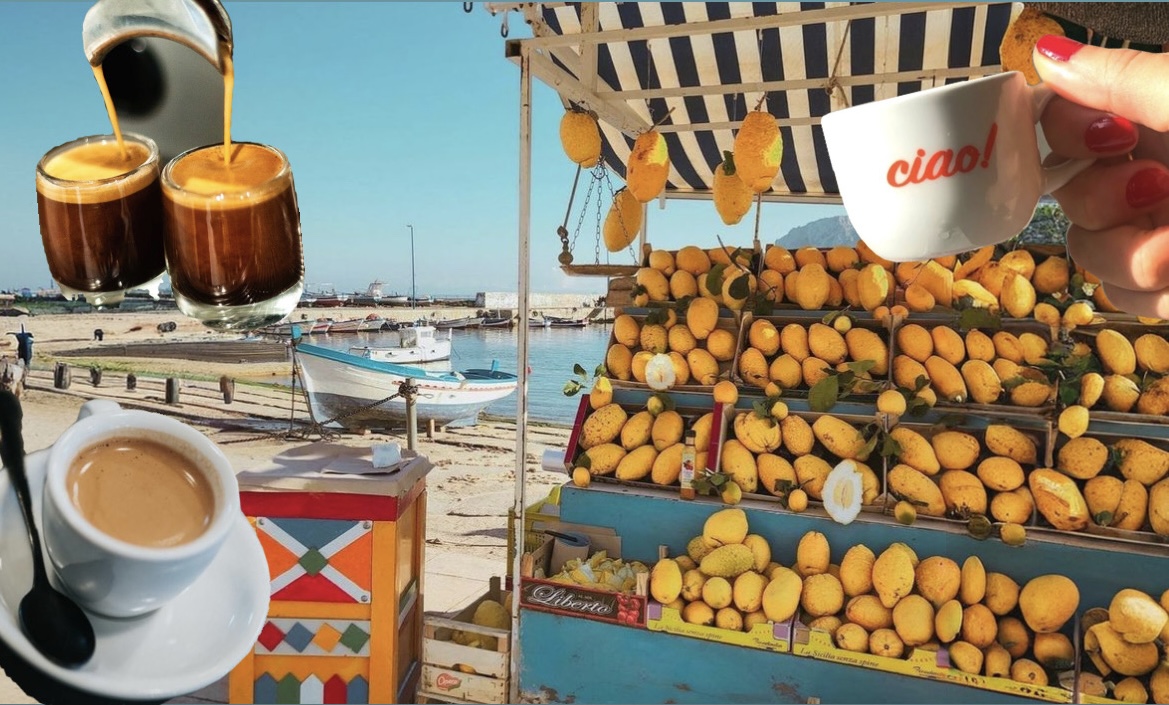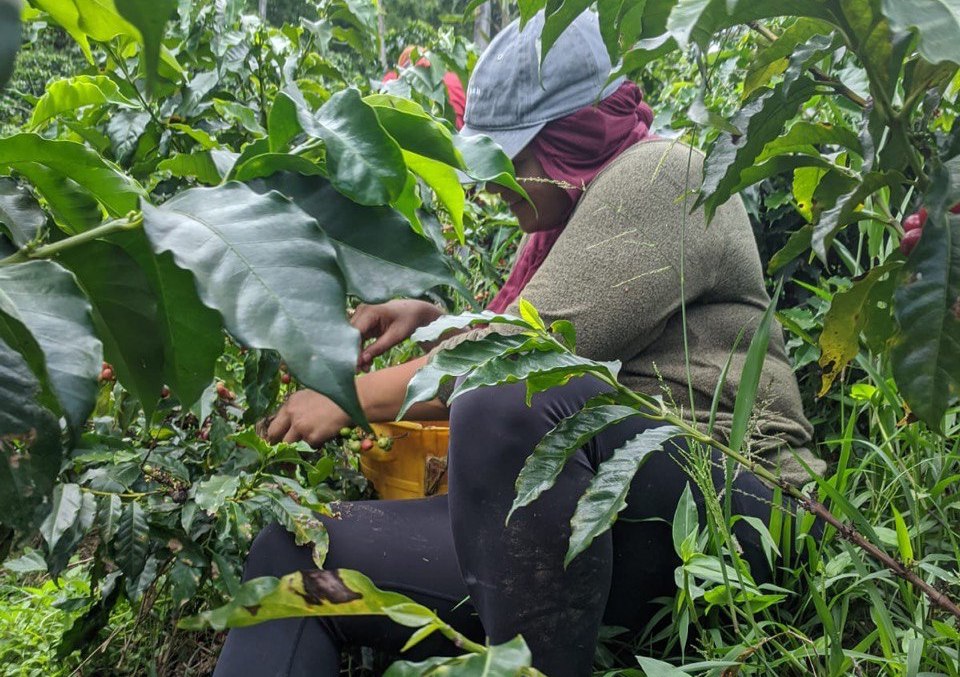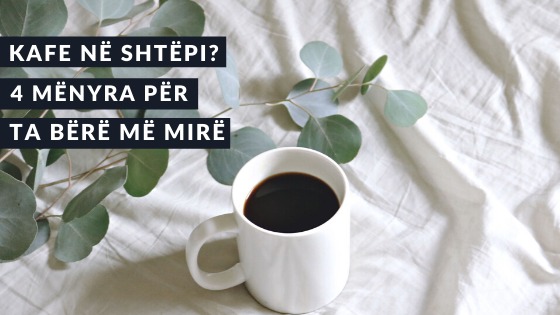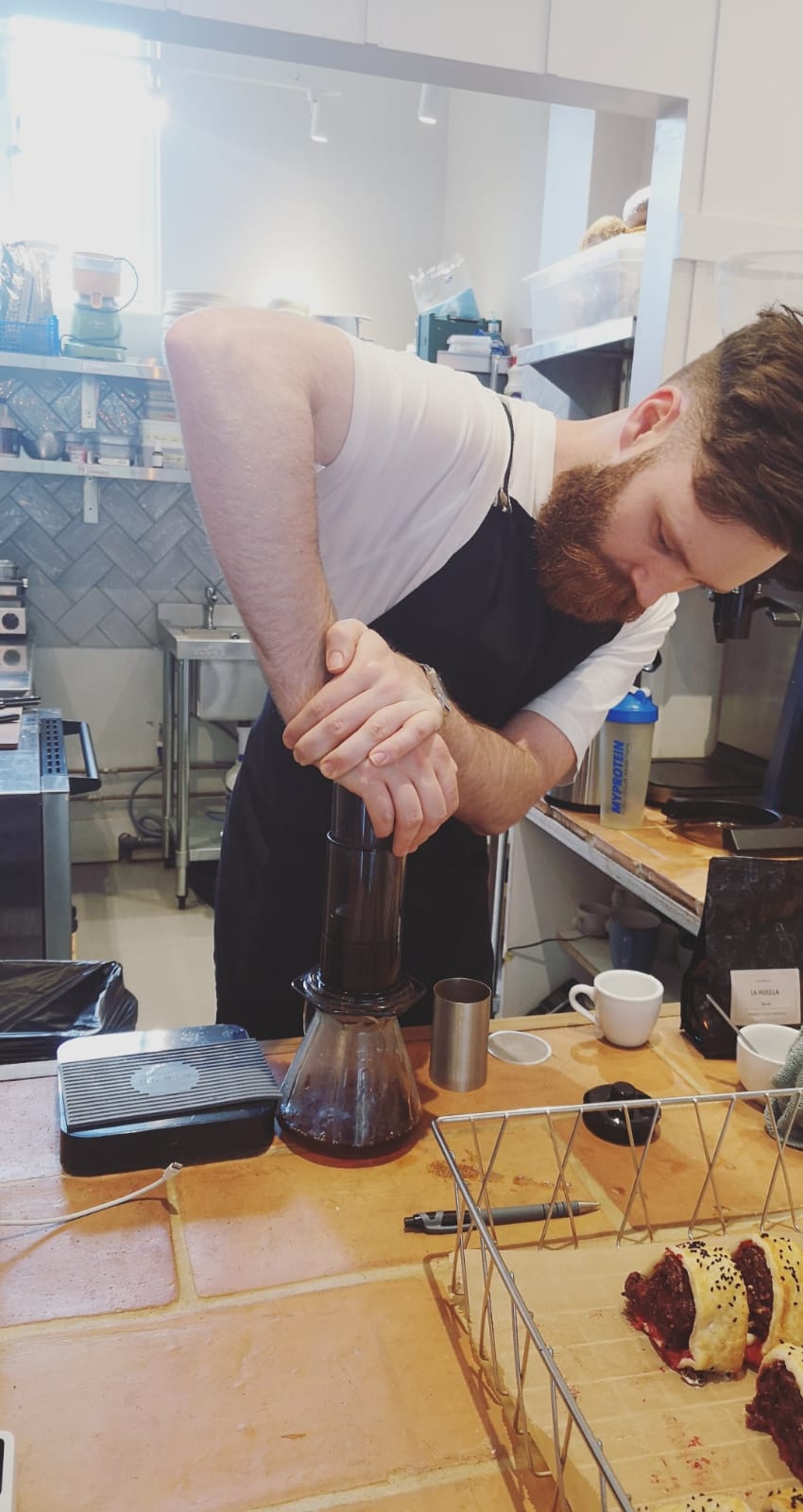If there is one mission that constantly juggled in my mind even before this blog came into existence, that is making specialty coffee easy for consumers to understand what it really is. I mean think about it, visual marketing is now a thing of the past. Shoving gigantic posters into your face with perfect looking cups topped with dollops of cream sprinkled with caramel chunks and naming it “Christmas Latte” is #vintage now. But above all it is unethical! Exploiting the human weakness for sugar and making our mouth water with unrealistic pictures is not fair! Think about the amount of sugar that is in those drinks, the message that you’re passing on to the newer generations: Coffee is this dark bitter liquid that can only be enjoyed with 1 kg of added sugar. Or here’s another one: tall paper cups look cool, hence you have to order a tall drink, which if it isn’t an Americano, it probably contains layers of additives, sugar, and god knows what else to make it look “presentable”. As chef Bourdain said it, the Unicorn Cappuccino is “the perfect nexus of awfulness”.
I also want to be clear and say that this isn’t in any way an initiative to diabolise sugar, drinks, but it makes me genuinely sad to see the majority of the Western coffee culture being shaped this way. By all means, have your sugars any way you want to have them, but give “real coffee” a go. Any espresso or filter based drink (made of water, coffee, and sometimes milk purely). You might be surprised. I suggest you do the “real coffee transition” not just by switching from your usual drink to just a shot of espresso in the nearest café. Give Specialty coffee (link) a go.
It’s roasted lighter and is probably (but not necessarily a single origin (link). You will very soon come to realize that there isn’t only ONE way coffee is supposed to taste. Just like wine, the region, origin(link), variety(link), altitude, and process (link) are all decisive factors that affect the way coffee tastes. Without meaning to bombard you with information think about it like this: Just like wine, you don’t have to be a sommelier to know whether you prefer white, red, or rose. But once you try certain types of white, you then start forming preferences and can probably tell a Pinot Grigio from a Riesling. Well coffee is very similar: you can choose to what extent you want to refine your preferences. If you want to stick to the Arabica/Robusta distinction, and not worry about the origin, that is fine. In fact, it is already a great step towards drinking better coffee! Keep in mind that switching to a specialty café (think smaller corner hipster looking café), has already made that distinction for you, as those cafes only use 100% Arabica coffee 99% of the time.
It’s about time we all realize that the industry has brainwashed us to think that coffee is supposed to taste a certain way because it convenes them. The good news is, it’s very easy to get rid of this perception. In fact, most people that I’ve introduced to Specialty (or even simply 100% Arabica) coffee have never looked back since! The alternatives are all there if we make a teeny tiny effort to see them! Life is way too short to not discover the universe of flavours and aromas that can be found in a simple cup of coffee.
